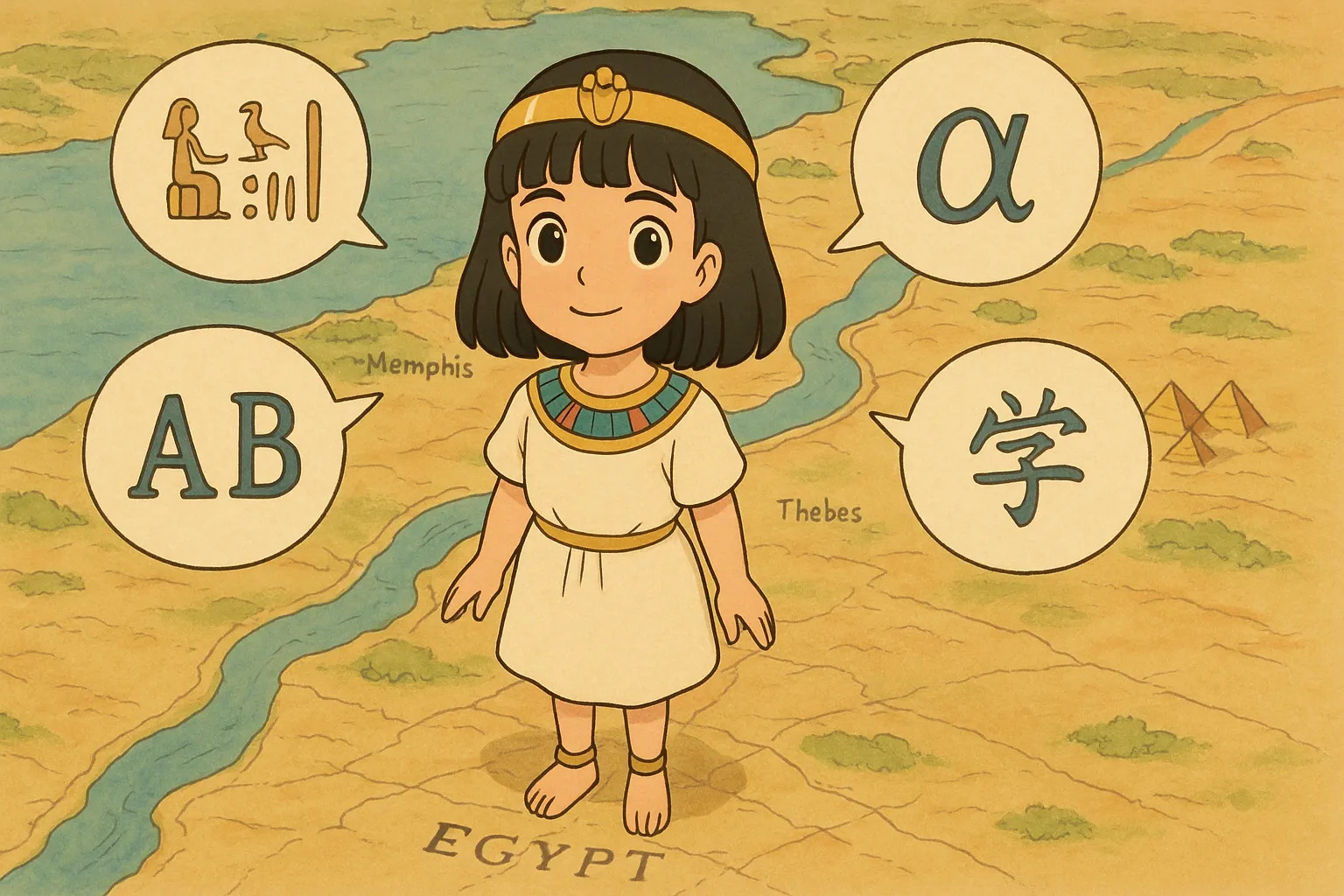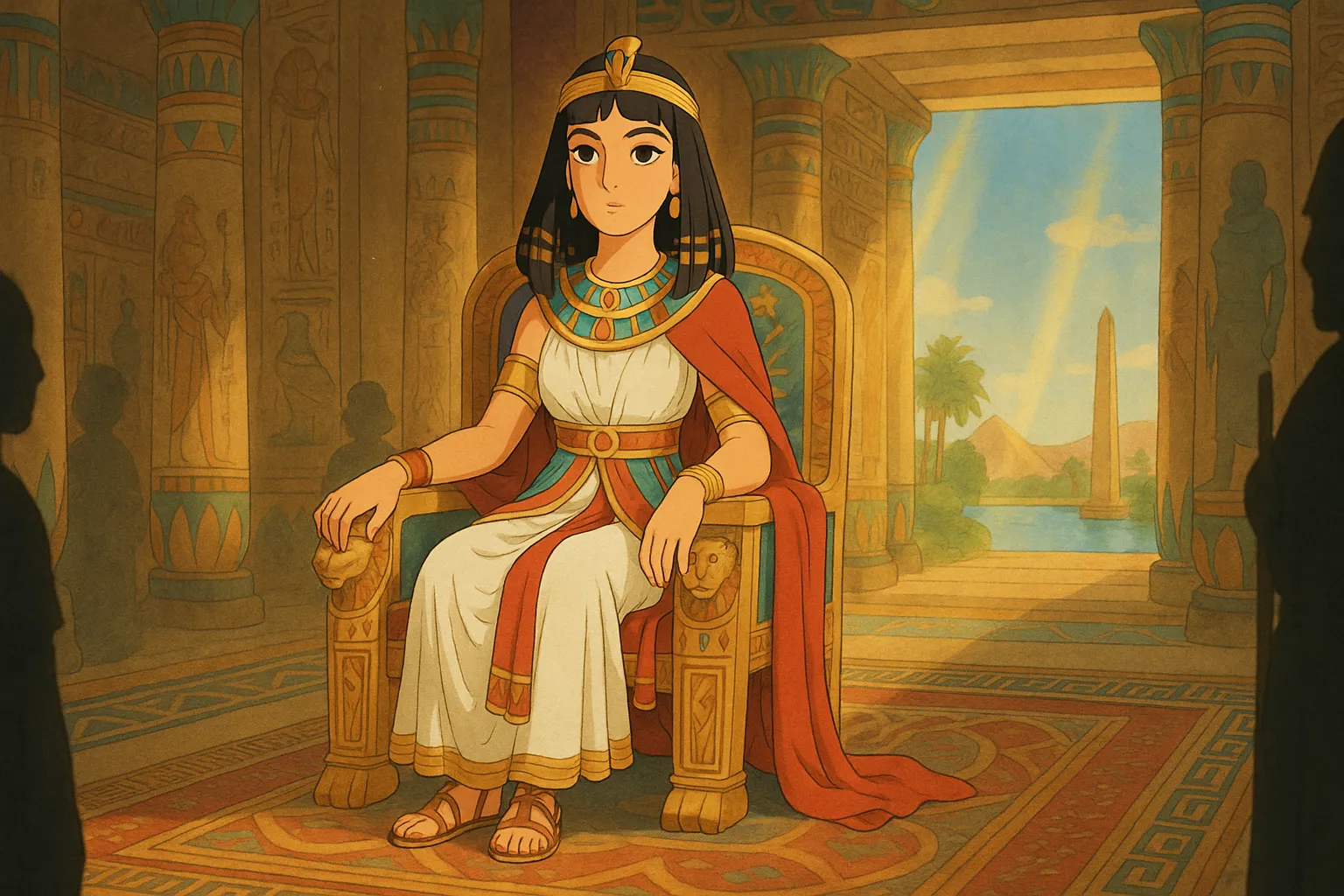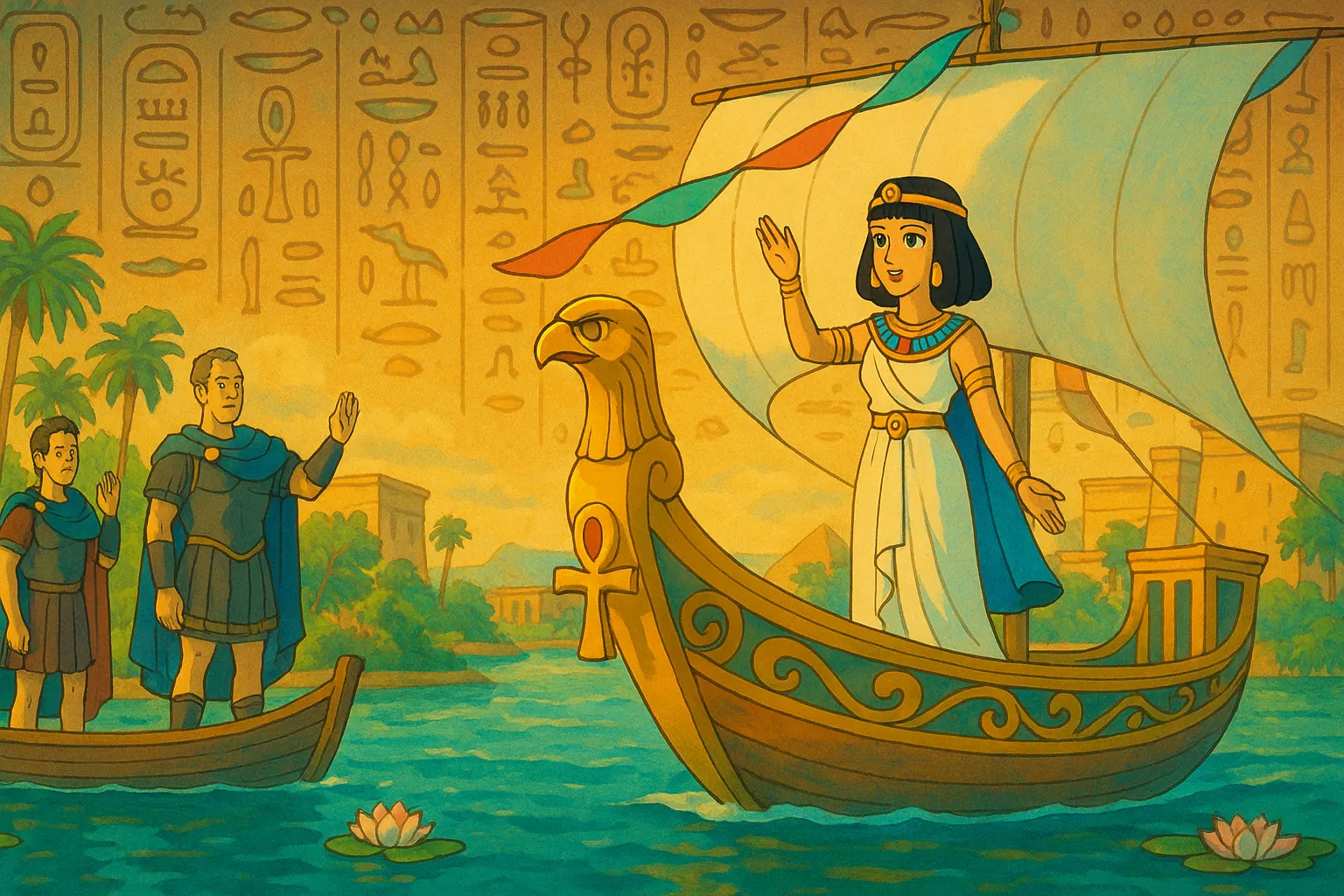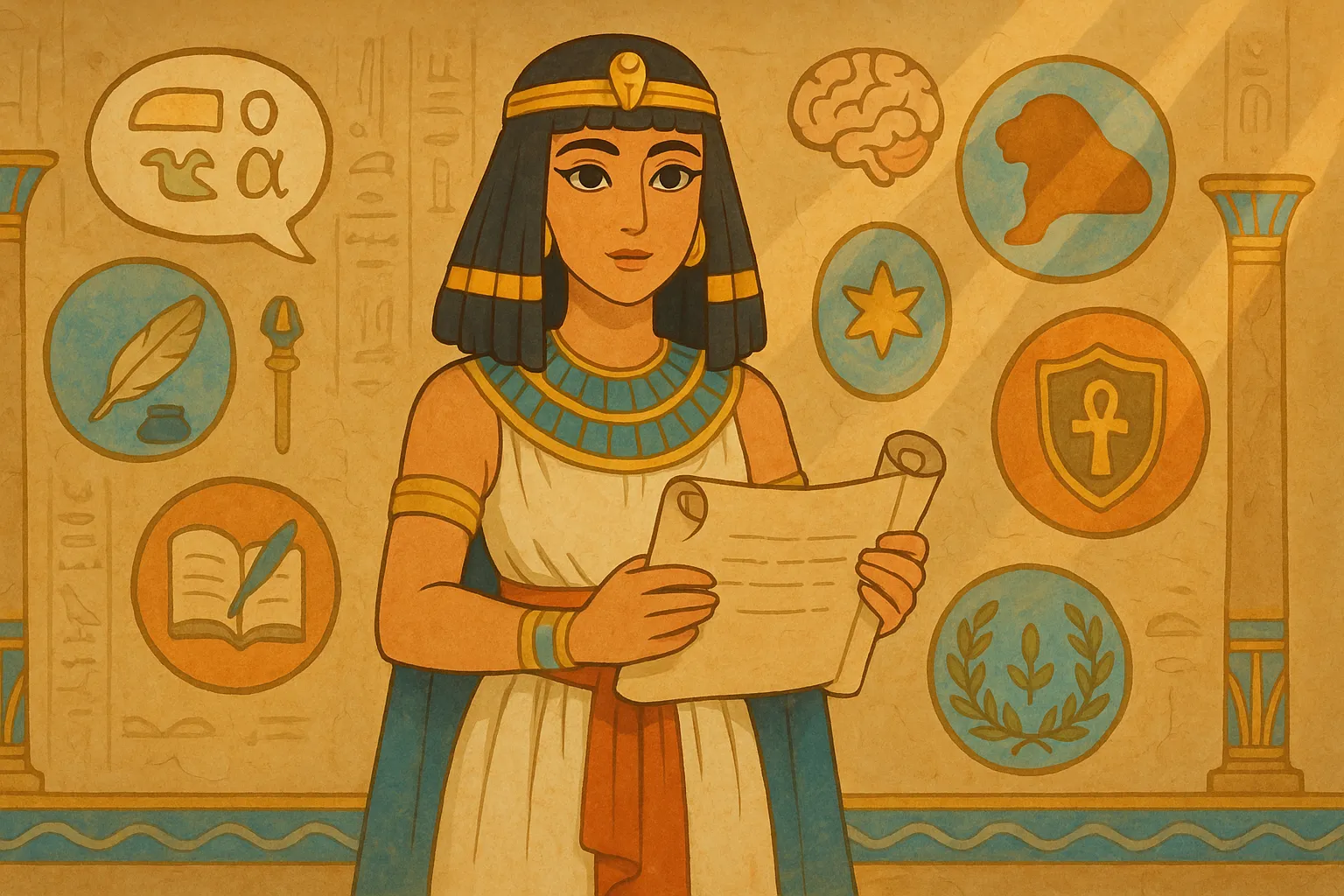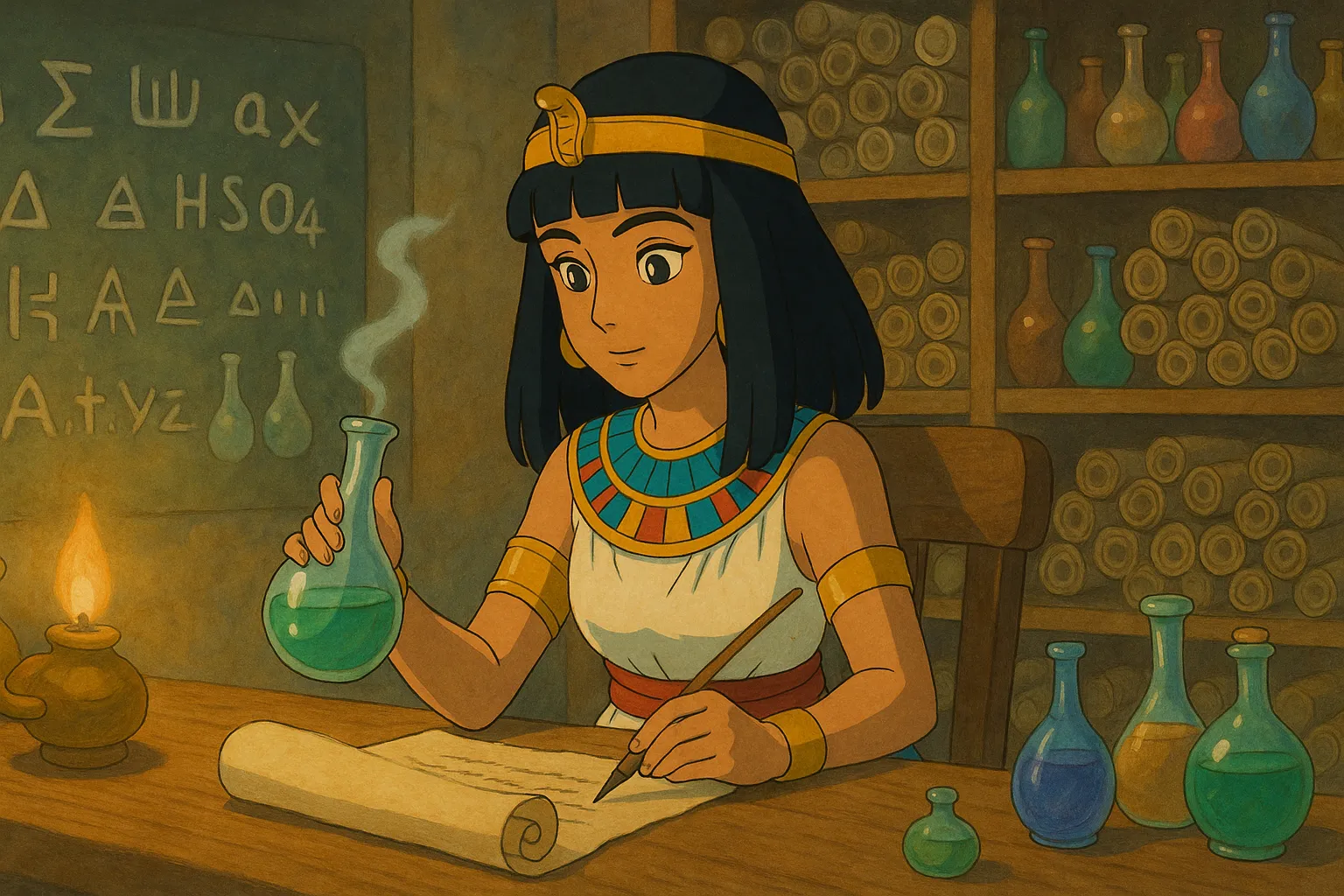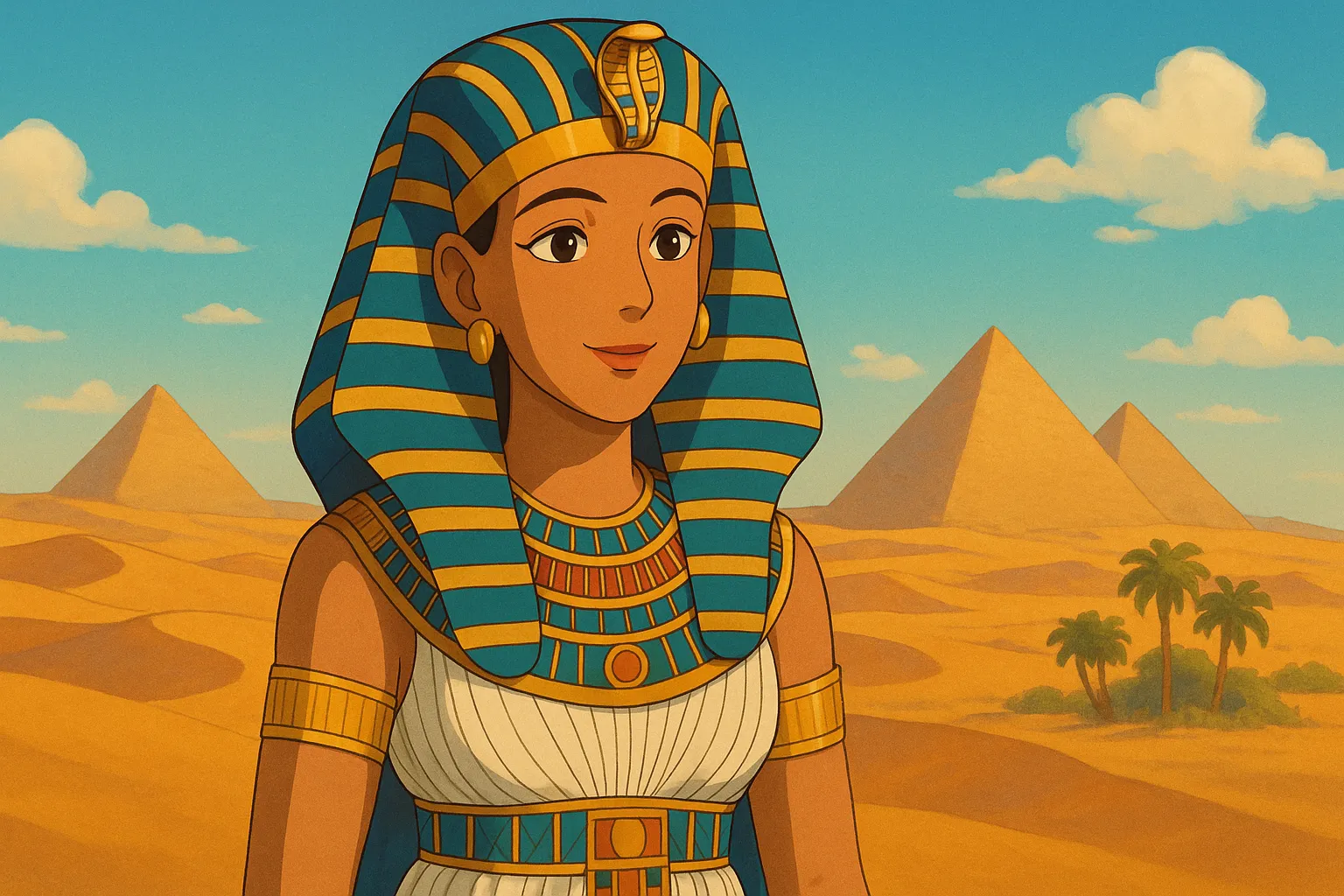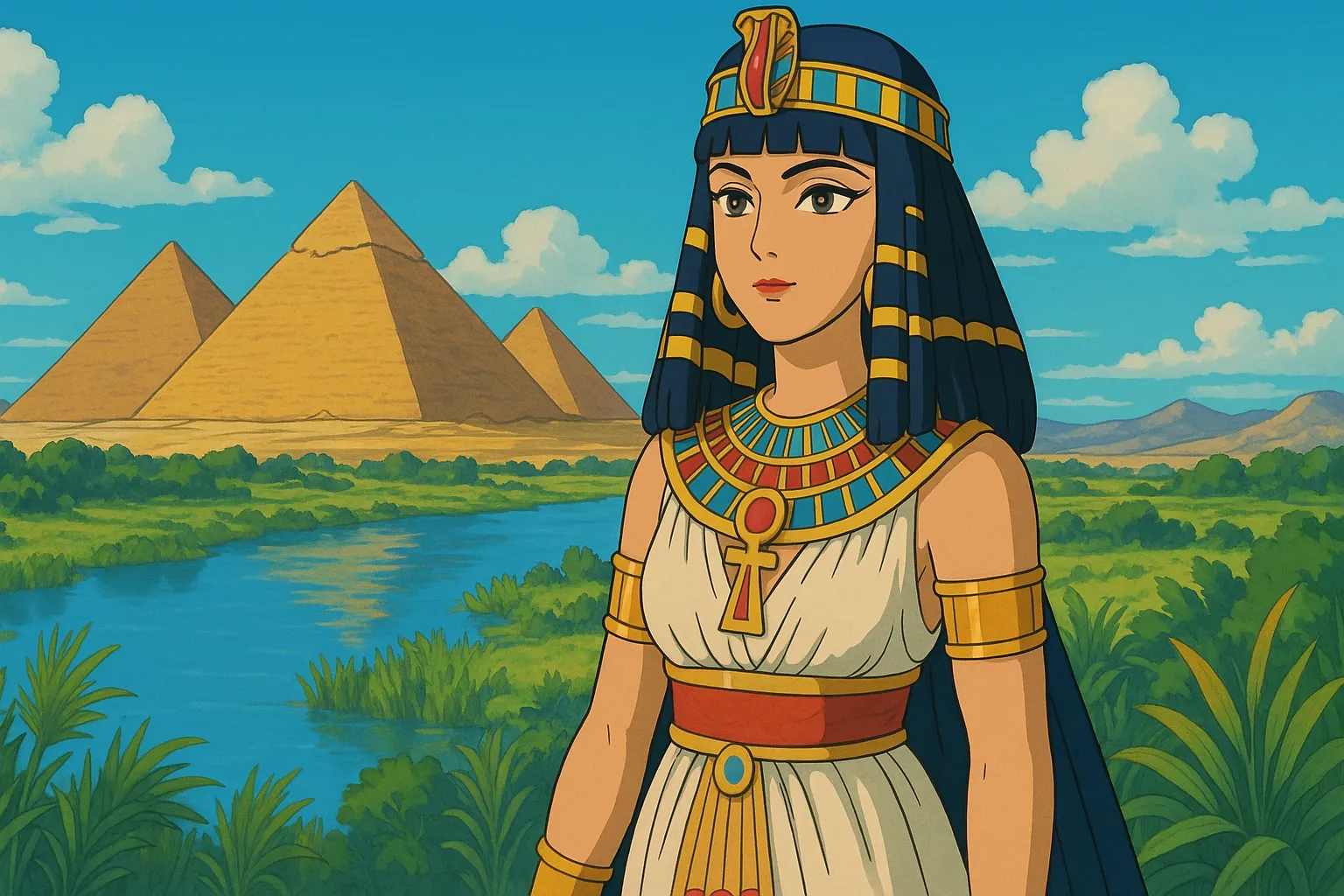
Frequently Asked Questions
What family or dynasty did Cleopatra belong to?
Cleopatra was a member of the Ptolemaic dynasty, a Macedonian Greek royal house that ruled Egypt after Alexander the Great’s generals divided his empire.
How did she come to power?
She succeeded her father and initially co-ruled with her younger brother. Court politics and power struggles followed until she secured sole authority through alliances and political maneuvering.
Did Cleopatra marry?
Yes. Following Ptolemaic royal custom she became co-ruler in marriages with two of her younger brothers during the early part of her reign, as was typical for that dynasty.
Who were her children and what became of them?
Her known children include Ptolemy XV (called Caesarion) and twins Alexander Helios and Cleopatra Selene II. Caesarion was killed after Rome took control; Cleopatra Selene later became a queen in North Africa.
Where is Cleopatra buried?
Her tomb has never been definitively located. Ancient reports suggest it was near Alexandria, but archaeologists continue searching and debating possible sites.
How trustworthy are ancient stories about Cleopatra?
Many surviving accounts come from Roman authors who had political reasons to shape her image. Modern historians use archaeology and re-examine sources to get a less biased view.
Did she support Alexandria’s scholarly life?
Yes. Alexandria was a major learning center and she maintained close ties with its intellectual institutions, sponsoring scholars and making the city a hub of learning and culture.
How did Egyptians accept her as their ruler?
Cleopatra presented herself in traditional Egyptian royal roles and religious symbols, identifying with deities like Isis so Egyptian priests and people would recognize her legitimacy.
